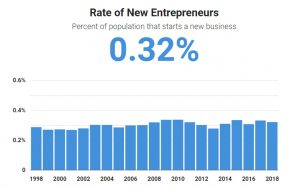Have we learned anything so far in the pandemic? Tune in next week…
Have we learned anything so far in the pandemic?
Tune in next week to hear experts discuss lessons learned around behavioral health in California – I will be moderating!
As pressures from the public health pandemic and the economic crisis continue to increase, the importance of access to behavioral health services and the connection to the safety net will be critical. At the 2020 Northern California State of Reform Virtual Health Policy Conference the session, “Behavioral health and the pandemic: What we’ve learned,” will review the data, survey policy options, and discuss strategies for California moving forward.
Kelly Pfeifer, MD, Deputy Director of Behavioral Health at DHCS, and Le Ondra Clark Harvey, PhD, Director of Policy and Legislative Affairs at the California Council of Community Behavioral Health Agencies, will offer their insights. Randall Hager, Director of Government Affairs at the California Psychiatric Association, will also speak on the panel, and Brenda Gleason, President of M2 Health Care Consulting, will moderate the discussion. #behavioralhealth







